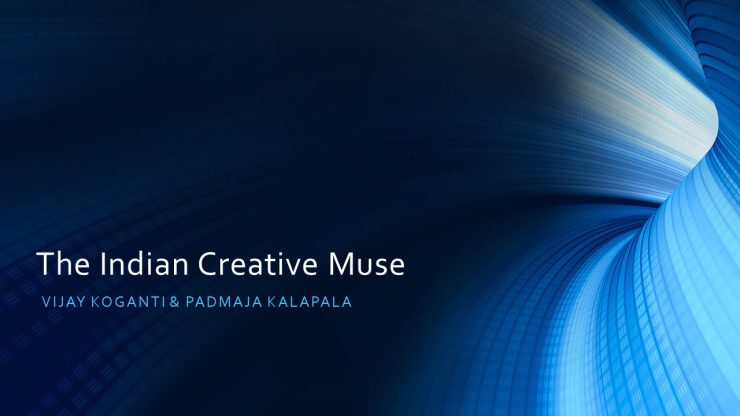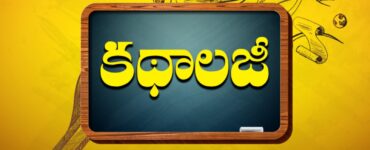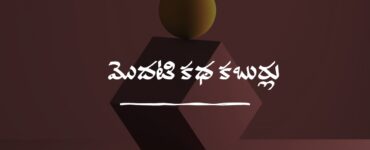Creative writing from India always weaves a magical and divergent fabric of resonance. It is a surprising fact to know that a single country has produced a vibrant literature that is equal to the output of the whole world. A land of linguistic, religious and cultural diversity, India has reflected its creative assonance in almost all the twenty two official languages.
The oral literature of the Vedic periods which dates back to 1500-1200 BCE, the two great epics The Ramayana and The Mahabhaaratha that appeared in a codified form at the end of the 2nd millennium BCE, the Classical Literature in Sanskrit, the Pali Canon and the Tamil Sangam literature that flourished during the first millennium BCE that created a huge corpus of literature , —always stand as beacons for the literatures from other languages in India. The influence of Vedic thought was also visible on the Sangam literature as observed by K. Kunjunni Raja in his article on ‘the influence of Sanskrit on Dravidian literature’. (Indian Literature, Vol 16(Simha, 1972), p.46). Music, dance and art forms like sculpture, and folk art also had their share in the development of Indian literature.
The oral literatures of the Vedic period sang about the gods representing five elements and sacrificial hymns. The two epics that influenced several writers and artists discussed the role of righteousness and value systems in society. They also talked about the ways of society and its people, ways of human mindsets and the base qualities like greed and voluptuousness like the epics of the West.
The Prakrit languages also have great works in Ardhamagadhi, Pali, Maharastri and Sauraseni with great writers like Haala, Aswaghosa and Rajasekhara. The Pali canon with Budhist works, Jataka Tales and with grammarians like Kaccayana, Moggallana and Vararuci flourished to influence writers for ages.
The Indian Aestheticians have a special role to mention with their contribution to arts, literature and culture. Bharatha’s Natyasastra, Ananda Vardhana’s Poetics, with a detailed analysis of Rasa – Dhvani concepts, Abhinavagupta’s Dhvanyaloka with keen observations on the finest contributing aspects of literary creation established the solid foundations of Indian literature.
Sunithi Kumar Chatterji in his Preface to The Cultural Heritage of India, Vol.V(Calcutta, 1978), p.23, observes that, though the Aryan literature appeared first, the proto Dravidian languages are older than that.
At the same time, the influence of Sanskrit appears very marginally on languages like Tamil and Urdu, which is originally a dialect of Khadi Boli and which underwent changes due to invasions and social changes.
Telugu, appreciated as the Italian of the East, with the third largest number of speakers, is rich in literary traditions and dates back to the 7th century. Its origins were mythological and it has undergone several national, political and regional influences.
The roots of Kannada literature go deep into 450 CE and 700 CE to the Halide inscriptions and Kappe Arabhatta record. The earliest work in Kannada, Kavirajamarga dates back to 850 CE. Folk forms flourished and there was a great contribution to Vachana Sahitya.
Literary works in Marathi, Assamese, Odia, Bengali and Maithili, and literature in various dialects of Hindi, Persian and Urdu appeared in an equally fabulous way. As observed by Sri Vallampati Venkata Subbaiah in his “Pan Indian Sensibility”, (Indian Literature,1987, Vol.30), “Hindu mythology forms the basis for all literatures in different languages in India and Indian literature is one literature in several languages.”
Coming to Assamese and Bengali literature, the antiquity of oft quoted Charyapadas, or Charyageeti , the Buddhist songs, dates back to the 8th and 12th centuries. These writings hold similarities to Oriya and Bengali languages too. The early Assamese writings have their roots in the epics of India. The Bengali literature is huge in volume and has contributed a lot for social and political transformation in India.
Hindi literature curiously had its origins in dialectal languages like Avadhi and Brij. Its roots were religious and philosophical in nature and its growth was immense. The literatures of Bhojpuri, Chattisgarh, Gujarathi, Kashmiri, Kodava, Konkani, Malayalam, Maithili, Meitei, Marathi, Mizo, Odia, Rajasthani, Sindhi, and Punjabi need a special mention.
(In the forthcoming series the focus will be on the contribution of various writers for the development of creative writing across India.)
*









అభివందనలు💐💐 ma’am &sir..
Thank you Padmaji
పెద్ద కాన్వాస్ తీసుకున్నారు
ఆల్ ది బెస్ట్
అవును సర్. భారతీయ భాషల సాహిత్యం మీద ఒక సమాలోచన అవసరమనిపించింది. అందుకే. ధన్యవాదాలు.
Thank you sir. Hope we will do justice to the canvas
Thank you Padma garu